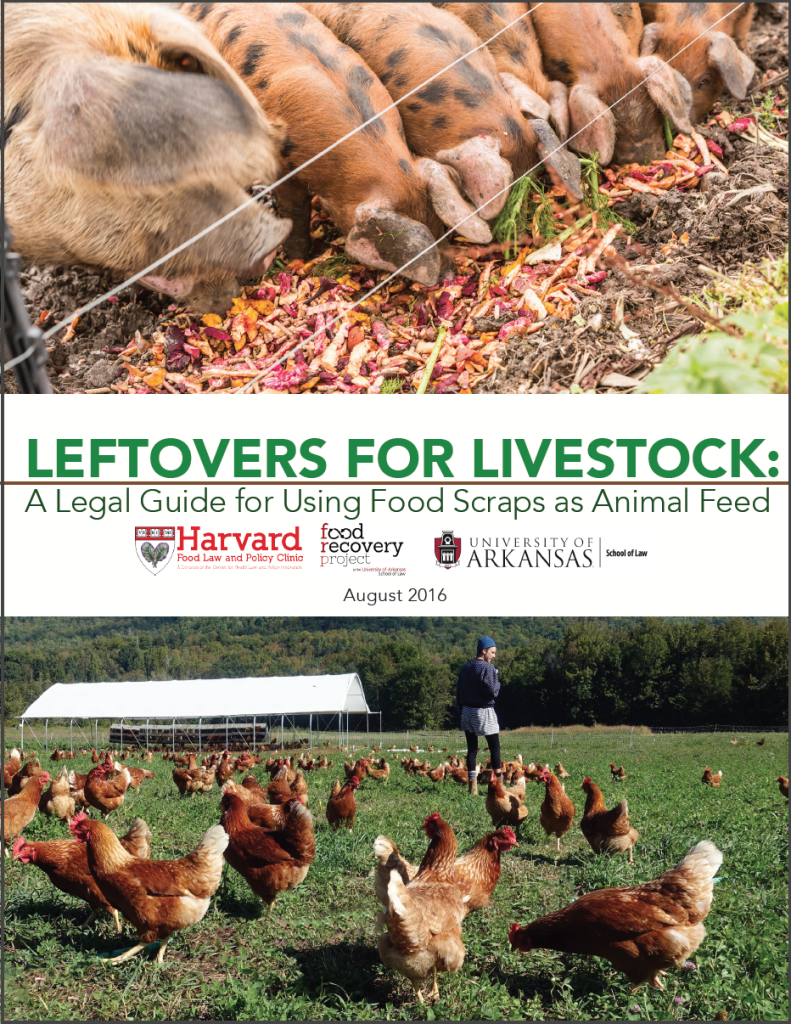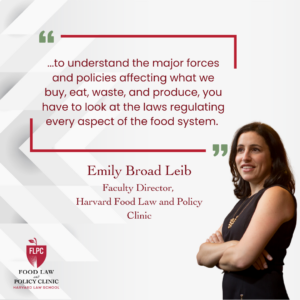 In the United States, approximately 63 million tons of food is wasted every year. The natural resources used to produce that food, including water, fertilizer, and land, are also lost as a consequence of this alarming amount of waste. Furthermore, this wasted food typically ends up in landfills where, as it breaks down, it leads to significant emissions of methane, a potent greenhouse gas with 56 times the atmospheric warming power of carbon dioxide. The United States Environmental Protection Agency (EPA), in its Food Recovery Hierarchy, prioritizes recovery opportunities for reducing food waste. According to the hierarchy, wholesome, edible food should be kept in the human food supply if possible. When that is not possible, it should be used as feed for animals. Given the significant environmental impact of food in landfills, many businesses, nonprofit organizations, and policymakers have seen a renewed interest in the use of food scraps as animal feed.
In the United States, approximately 63 million tons of food is wasted every year. The natural resources used to produce that food, including water, fertilizer, and land, are also lost as a consequence of this alarming amount of waste. Furthermore, this wasted food typically ends up in landfills where, as it breaks down, it leads to significant emissions of methane, a potent greenhouse gas with 56 times the atmospheric warming power of carbon dioxide. The United States Environmental Protection Agency (EPA), in its Food Recovery Hierarchy, prioritizes recovery opportunities for reducing food waste. According to the hierarchy, wholesome, edible food should be kept in the human food supply if possible. When that is not possible, it should be used as feed for animals. Given the significant environmental impact of food in landfills, many businesses, nonprofit organizations, and policymakers have seen a renewed interest in the use of food scraps as animal feed.
In Leftovers for Livestock: A Legal Guide for Using Excess Food as Animal Feed, the Harvard Food Law and Policy Clinic and the Food Recovery Project at the University of Arkansas provide the first-ever catalogue of the different state regulations and requirements for feeding food scraps to animals. Leftovers for Livestock serves as an important resource for businesses with food scraps that could go to animals, livestock farmers, and other interested stakeholders.
Leftovers for Livestock also describes the federal and state laws and regulations regarding the practice of feeding food scraps to animals, and offers useful suggestions for both generators of food scraps and animal feeding operations. The federal government creates a floor, or base level of regulations for the feeding of food scraps to animals; however, states can apply stricter regulations than the federal baseline. Indeed, forty-eight states plus Puerto Rico more tightly regulate the feeding of food scraps to animals; some even have outright bans on the use of certain types of food scraps as animal feed. For example, under federal law food scraps can generally be fed to swine, so long as any food scraps containing meat or animal products are heat-treated (heated at a boiling temperature of 212 degrees Fahrenheit/100 degrees Celsius). However, fifteen states ban the feeding of swine with food scraps that contain any animal parts or material, and nine of these states even ban the feeding of any vegetable waste to swine. States also have different license and heat-treatment requirements, with twelve states going above the federal rules and requiring heat-treating of vegetable-based food scraps before they are fed to swine.
The patchwork of state and federal law can appear daunting to those hoping to feed food scraps to animals. Leftovers for Livestock will help both businesses with food scraps to donate or sell, and livestock farms hoping to feed their animals more sustainably, to navigate this complex framework by providing a guide to both federal laws and the detailed regulations in every state.
Using food scraps for animal feed can help reduce the amount of food scraps being sent to landfills while also helping businesses save money on garbage disposal costs, helping farmers save money on feed costs, and decreasing the amount of land and natural resources used to grow the grains, soy and corn currently used for animal feed. This is a win for humans, animals, and the planet.
Read Leftovers for Livestock: A Legal Guide for Using Excess Food as Animal Feed


Health Law & Policy, Commentary
Braidwood Management v. Becerra: Updated FAQs for Health Advocates and Providers
July 22, 2024